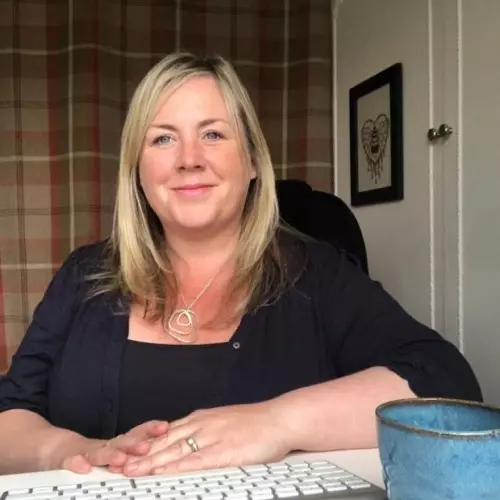As we roll towards the fourth month of Covid-19 being top of the agenda for countless people across the globe, it’s no surprise that the media landscape today seems rather changed from the beginning of 2020.
What began as a trickle of reports of a new strain of virus emerging from the Hubei province of China soon picked up momentum, and before long broke the banks with an overwhelming flood of essential news for us to digest each day.
As the virus picked up speed and began to spread across the globe with increasing severity, news outlets found themselves struggling to keep up with the seeming surfeit of essential information that they needed to disseminate to their readers.
Striking the balance between providing essential information about the rapidly changing circumstances, but also keeping a certain degree of lightness to the news is a tricky one, and it’s been effecting change in the media landscape in ways that we’ve never seen before.
While the latter part of February and beginning of March saw the focus predominantly on understanding the severity of the situation, as time progressed and it became clear that this wasn’t going to be over as soon as it had begun, we started to see a change in the way that the media was operating.
The focus now, certainly for national newspapers and broadcasters, is shifting towards highlighting the human element of the virus. While they are still dedicating key time and pages to the big headlines and factual angles on the news items of the day, attention has shifted to also ensure they are highlighting the issues that are closely affecting their viewers. Whether this be through case studies of people’s real life experiences during this time, or putting spotlights on positive community initiatives.
Now more than ever, the news agenda is calling out for lighter, more heartwarming content to reassure people that although this is undoubtedly a difficult time for us all, there are still so many reasons to be cheerful.
We can see examples of this lighter angle in the launch of the Daily Telegraph’s new segment ‘You Are Not Alone’ – a daily pull-out aiming to bring us together in a sense of community with case studies and light stories on a different topic each day. In a similar vein, the Daily Mirror has launched their own ‘Good News’ page, where they highlight the acts of kindness and community stories that we are seeing across the country.
As well as the content of the news changing rapidly as Covid-19 has gone on, the way that people are consuming the media has seen a drastic change. With the UK on lockdown and people unable to pop to the shops to pick up their daily newspaper or their favourite magazine, many outlets are really upweighting their online offering in a way they hadn’t needed to before. Whether it be online news sites, social media, or television and radio, digital media is seeing a boom, as people find ways to get their news from the confines of their homes.
This is true not just in the traditional news media, but also as we look to consumer media segments such as Homes & Interiors or Food & Drink. While traditionally the main outlet for these sectors is through beautiful, glossy magazines that people love to flick through on a Sunday afternoon, a large number of these outlets are cutting their print runs to focus on the content that they can offer on their websites, or through their social channels.
In turn this changes the type of content that journalists will be working on. Rather than full features planned months in advance for their print magazines, online content sees a much more urgent need for quick turn around content that consumers can relate to during the lockdown. There’s no use featuring a four page article on the most romantic restaurant spots to try in Europe this spring, so an adaptive approach is needed to ensure the content will resonate with readers in a genuine way.
And like the majority of the rest of us, journalists have found themselves working remotely with just a skeleton crew in place in the office. This brings new challenges, but also new opportunities. Historically there has always been a certain rigidity to the way a national newspaper operates for example, but no more. Gone are the days when you had a short window of time to phone a newsdesk with a pitch in order to make it into the next day’s paper. Your best contacts will now be working from home, and potentially not working conventional hours, so now more than ever it is essential to foster closer relationships with contacts, so you can learn first hand the best way to pitch in this new normal.
There is no denying that we are in strange times, and that they are having a strange impact on the media landscape that we know so well, but as long as we remain agile and sensitive to the changes, we will be able to forge out a path in this new normal.

